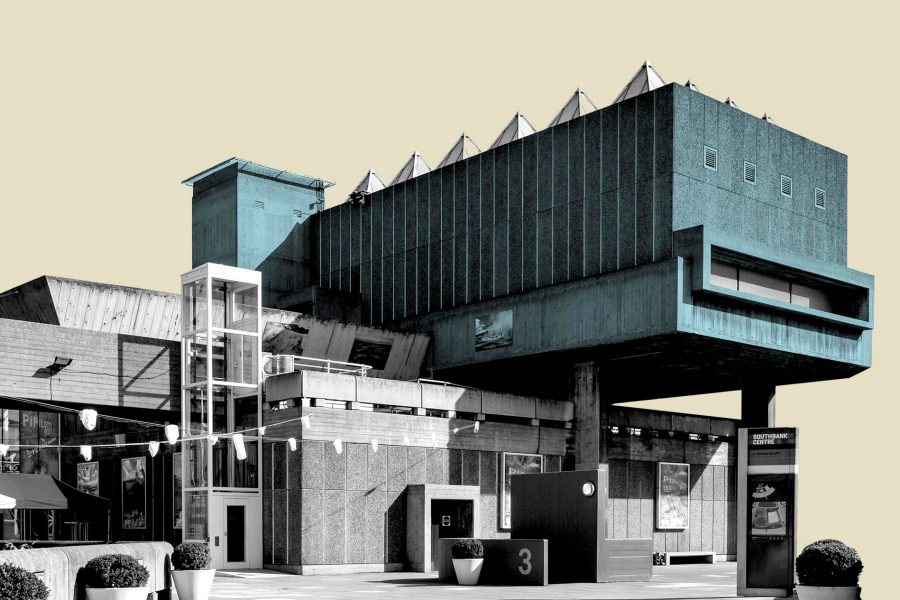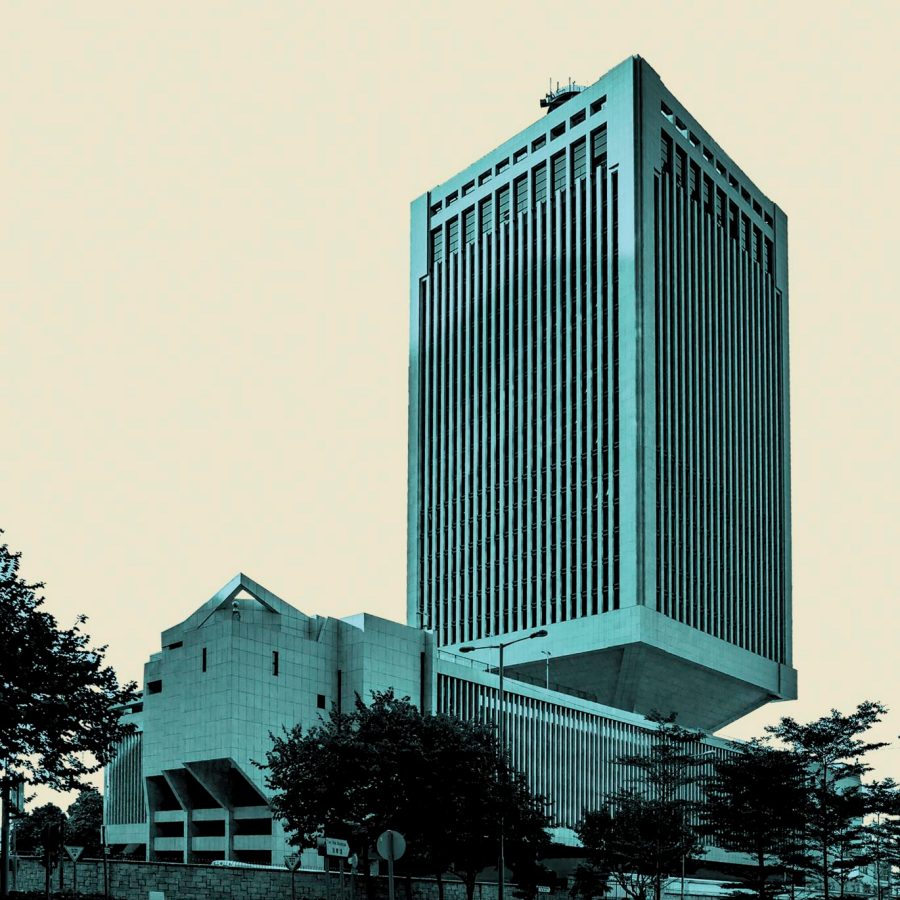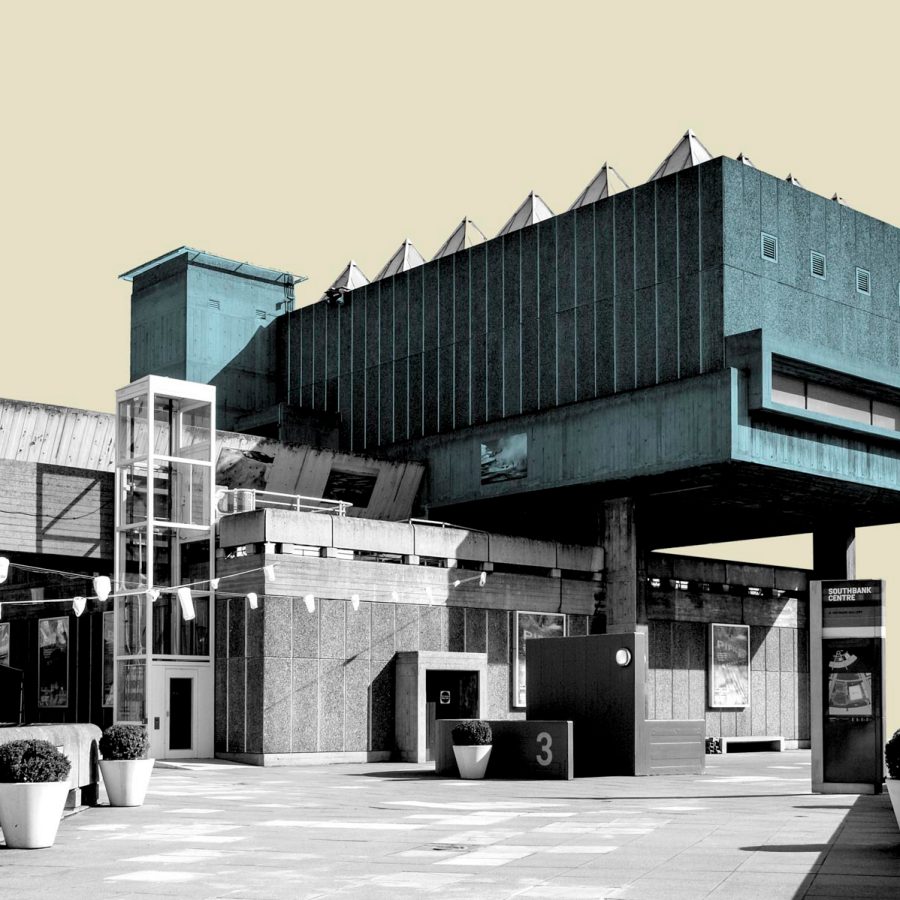Brutalist architecture: 5 striking concrete buildings

Brutalist architecture. No-one liked the term. Not the architects, nor the critics, nor the pedants who said it was a perversion of the French term béton brut, or ‘raw concrete’.
The style exploded in the 1960s and spread around the world in a whirl of crazy shapes and supersized spaces. Then there were explosions of another kind as urban planners expressed their dislike of these often mildewed and decaying concrete monsters through the medium of TNT.
Now the view of brutalist architecture is – less brutal. An exhibition at the Architecture Centre Vienna called SOS Brutalism, running until 6 August, celebrates these misunderstood buildings; while in Singapore, locals have been protesting to halt the demolition of the city’s brutalist structures.
Here are some of my favourites.

1. Sirius Building, Sydney
The imposing mass of Sydney’s Sirius Building was a peaceful and prosperous place to live. Until politics got in the way: the building has been cleared out and put up for sale. The tower, built in 1981 and designed by architect Tao Gofers, faces an uncertain future, but a campaign called Save Our Sirius is trying to persuade the New South Wales government of the architectural merits of this gutsy block of flats overlooking Sydney Harbour.

2. Chinese People’s Liberation Army Forces Building, Hong Kong
Hong Kong’s seat at the brutalist table belongs to this 28-storey tower by the Central Harbourfront. No-one knows why it’s shaped like an upside-down gin bottle, or even why it looks so uncannily similar to the Masonic Centre Tower in Sydney. What we do know is that this tower was built as the British Army’s HMS Tamar base in 1979 and designed by local architect Pun How-wai. Today, it houses the Chinese People’s Liberation Army.

3. Yoyogi National Gymnasium, Tokyo
Kenzo Tange was one of the greatest modern architects of the 1960s and ’70s, designing buildings that were less like new additions to cities than proposals for what we could put on Mars. Following a devastating earthquake in Skopje in 1963, he masterplanned the Macedonian capital, filling it with astonishing brutalist buildings. He then turned his attention to Tokyo and gave it the Yoyogi National Gymnasium in time for the 1964 Olympics. Under its sweeping concrete roof, he put a swimming pool and a gymnastics arena. Yoyogi still stands as a monument to this vibrant time for architecture – when Tokyo embraced modernism.

Credit: Bill Brooks/Alamy/Argus Photo
4. Robarts Library, Toronto
No-one in Toronto uses the Robarts Library’s actual name – they know it as Fort Book. Is it any wonder? It is fortress-like, with its turrets, slit windows and imposing presence. You feel like you could find knights hanging out on the roof sharpening their swords. Opened in 1973, it’s the work of Mathers & Haldenby Architects – aided by Warner, Burns, Toan & Lunde – and is the University of Toronto’s premier library, with over four million books. It’s also one of many Toronto brutalist structures featured on the newly published Concrete Toronto Map.

5. Hayward Gallery, London
The Hayward Gallery epitomises the boldness of brutalist architecture. It is raw, aggressive and honest in its use of materials (lots of concrete, of course). Designed by the London County Council’s Norman Engleback, Ron Herron, Warren Chalk and John Attenborough, the gallery opened as part of the Southbank Centre for arts in 1968. It has just reopened after a refurbishment by Feilden Clegg Bradley Studios, which has opened up the skylights and ‘let the light in’, as the slogan declared during the refurb.
More inspiration
- China – the Chinese Mainland, Hong Kong SAR, Macao SAR and Taiwan Region
- Hong Kong SAR - English
- Chinese Mainland (China) - English
- Taiwan, China - English
- 香港特別行政區 - 繁體中文
- 中国內地 - 简体中文
- 中國台灣 - 繁體中文
- Africa
- South Africa - English
- Asia
- Bangladesh - English
- Korea - English
- Singapore - English
- Cambodia - English
- 한국 - 한국어
- Sri Lanka - English
- India - English
- Malaysia - English
- Thailand - English
- Indonesia - English
- Maldives - English
- ประเทศไทย - ภาษาไทย
- Indonesia - Bahasa Indonesia
- Myanmar - English
- Vietnam - English
- Japan - English
- Nepal - English
- Việt Nam - tiếng Việt
- 日本 - 日本語
- Philippines - English
- Australasia
- Australia - English
- New Zealand - English